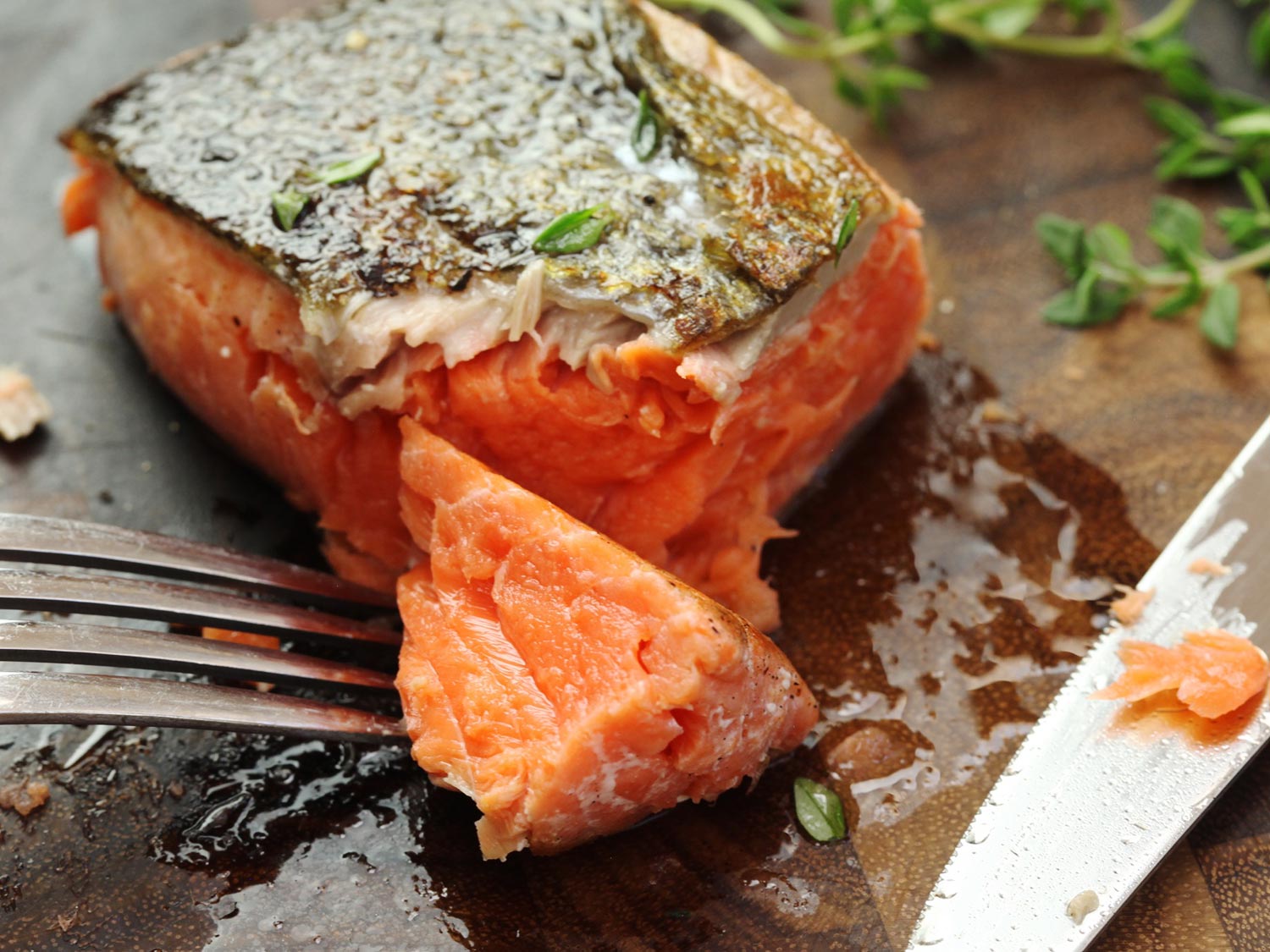Let me introduce this paper to you: it’s a collaboration between UL, LIT, SIT and St. Angela’s Food Technology Centre in Sligo.
The first author of the paper is an (ex-)MSc student of mine; with Shane who is a chef, we had decided to study the sous-vide cooking methods and its impact on sensory and nutritional value of salmon.
I met Maria Dermiki when she worked for a short period in UL before moving to SIT but we kept communication alive and Maria introduced me to Shelley. With Maria and Shelley, we did this amazing work on sensory properties in Sligo’s St Angela’s Food Technology Centre.
Katie and Sushanta are our longstanding collaborators in LIT and Ronan has now finished his PhD with me and he is post-docing now at UPenn.
Alexandros and myself we are the FLIPS team in UL and you can read more about us the 3rd issue of our Departmental Newsletter.
The effects of cooking salmon sous-vide on its antithrombotic properties, lipid profile and sensory characteristics
Highlights
- • Mild sous vide cooking beneficially preserved the antithrombotic potency of salmon PL.
- • Levels of MUFA and n3 PUFA in salmon PL were not affected by mild sous vide conditions.
- • The antithrombotic properties and EPA and PUFA levels, were reduced only in sous vide un-brined salmon treated at higher temperatures.
- • The n6/n3 PUFA ratio remained at beneficial low levels in sous vide cooked salmon PL.
- • Sous vide preserve cardioprotective properties of salmon without affecting sensory characteristics.
- Abstract
Fish contains bioactive polar lipids (PL) and is mainly consumed cooked. The aim of this study was to evaluate the sensory characteristics of sous-vide cooked salmon and the in vitro cardio-protective properties of its PL. PL were extracted from brined and un-brined sous-vide preparations in 52°C, 65°C, and 80°C, while their antithrombotic cardio-protective properties were assessed in human platelets and their fatty acid (FA) content was evaluated by LC-MS. Sensory tests were performed using napping followed by check-all-that apply (CATA). Mild temperatures (52°C, 65°C) did not affect the inhibitory effect of PL from brined and un-brined salmon, against human platelet aggregation induced by platelet-activating factor (PAF), thrombin, adenosine diphosphate (ADP) or collagen. In higher temperatures used for pasteurization (80°C), a reduction of antithrombotic properties was observed in PL from both un-brined and brined salmon samples. This reduction was accompanied by a decrease of their n3 eicosapentaenoic acid (EPA) and overall polyunsaturated FA (PUFA) content, but only in the PL of the un-brined salmon preparations. Thus, changes in the fatty acid content of PL of all sous vide salmon preparations, and especially of specific PUFA, seem to be associated with the observed changes in their antithrombotic potency. Changes in the content of the n-3 docosapentaenoic acid (DPA), a precursor of EPA and docosahexaenoic acid (DHA), seem to be associated with differences observed in the antithrombotic potency of PL from different sous vide salmon preparations. Taste attributes were not affected by the conditions of sous-vide preparations, whereas slight textural differences were observed in samples treated at 65°C and 80°C. These outcomes, if combined with the observed low values of the n-6/n-3 PUFA ratio in PL of all sous-vide preparations, further suggest a beneficial role for such a mild cooking procedure for preserving the antithrombotic and cardio-protective properties of salmon without affecting its sensory characteristics.
- You can read the full paper here.
